SIP Trunking Solutions for Hospitals, Clinics & Telehealth Providers
| Feature | Legacy Phone Lines | SIP Trunking with DIDlogic |
|---|---|---|
| Cost | High line rental and maintenance | Usage-based, flexible pricing |
| Scalability | Manual installation per line | Instant, on-demand scaling |
| Compliance | Limited data protection | HIPAA & GDPR compliant |
| Multi-Location Support | Single point of failure | Redundant, failover routing |
| International Numbers | Minimal | Works with EHR, PBX, CRM, and telehealth platforms |
| Reliability | Not supported | Fully supports virtual care workflows |
Sign up with DIDlogic to explore SIP trunking and pricing instantly or talk to our sales team for a tailored setup.
How DIDlogic Powers Healthcare Communication
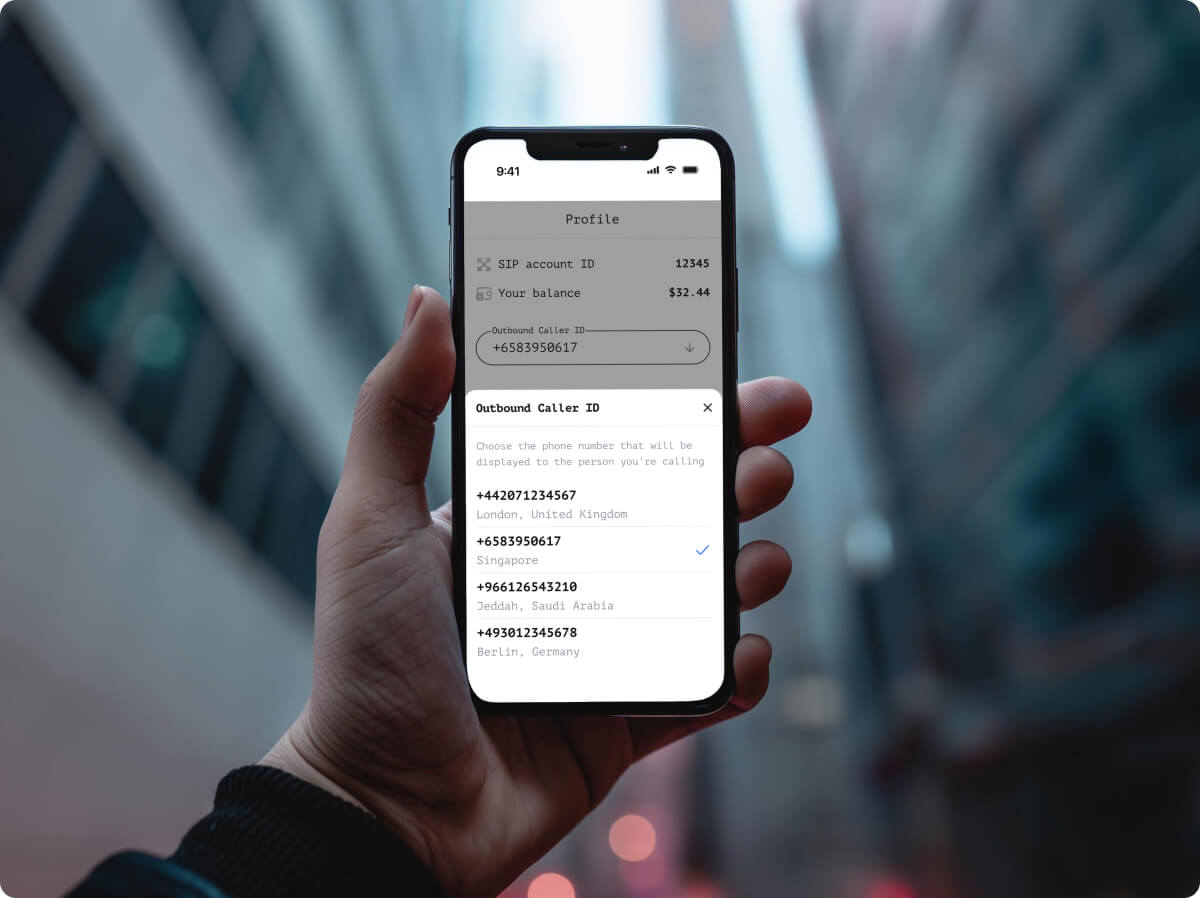
Healthcare Features That Matter Most
Implementation: Switching Your Healthcare Network to SIP Trunking
PBX/UC compatibility (Cisco, Avaya, 3CX, Asterisk, etc.).
Firewalls configured for encrypted SIP traffic.
Configure and test routing for patient lines and departments.
Validate compliance with internal IT and legal teams.
Integrate SIP with EHR and telemedicine systems.
Ensure data handling aligns with HIPAA standards.
FAQs
How does SIP trunking improve patient care in hospitals and clinics?
It ensures faster response times, clearer communication, and consistent availability for patient calls and emergencies, all of which directly impact outcomes. When a patient calls about medication questions or appointment changes, they reach the right department immediately rather than bouncing through multiple transfers. Call quality matters more in healthcare than almost any other industry; a garbled conversation about dosage instructions or symptoms could be dangerous. SIP trunking provides HD voice clarity that makes these exchanges safer. Emergency departments benefit from reliable connections that don’t fail during critical moments when seconds count. The system routes calls intelligently too, connecting patients with on-call physicians or nurses based on availability rather than rigid schedules. For clinics managing hundreds of daily calls, the improved efficiency means shorter wait times and less frustration for patients trying to reach their care team.
Is SIP trunking HIPAA-compliant?
Yes, DIDlogic uses encryption and secure routing that align with HIPAA and GDPR data privacy standards, though compliance is always a partnership. The voice data travels encrypted using TLS and SRTP protocols, protecting patient conversations from unauthorized interception during transmission. Call detail records are stored with appropriate access controls and audit trails that HIPAA requires for protected health information. This matters because patient phone calls often include sensitive medical details, test results, treatment plans, mental health discussions, that need the same protection as written records. For healthcare organizations operating internationally or treating European patients, GDPR compliance is built into how the system handles data retention and patient consent. That said, SIP trunking is just one piece of your compliance puzzle. You still need proper staff training, business associate agreements, and documented policies around who can access call records and under what circumstances.
Can SIP trunks integrate with hospital EHR systems?
Yes, DIDlogic SIP integrates with leading EHR and scheduling platforms to connect communication directly with patient data in ways that improve workflow efficiency. When a patient calls, their record can pop up automatically on the nurse’s screen based on caller ID, displaying recent visits, current medications, and outstanding test orders. This screen pop functionality saves time and reduces errors since staff aren’t manually searching for the right patient file while someone’s on hold. The integration works with major EHR platforms like Epic, Cerner, and Meditech, though the specific features depend on your system’s API capabilities. Some hospitals route calls based on patient panel assignments—connecting Mrs. Johnson automatically to her primary care team rather than a general queue. Appointment reminders can trigger through the same system, reducing no-shows by 20% or more in many clinics. The key is that communication becomes part of the patient record rather than existing separately.
What happens if a healthcare facility’s internet goes down?
Automatic failover reroutes calls to backup networks or mobile lines within seconds, ensuring emergency continuity when it matters most. Critical line, emergency departments, nurse call systems, physician on-call services, remain reachable even when your primary internet connection fails completely. DIDlogic’s system redirects to cellular backup, secondary internet providers, or even traditional PSTN lines if you’ve maintained some for exactly this scenario. Most hospitals configure failover to forward emergency calls to department heads’ mobile phones or backup call centers. The transition happens fast enough that callers typically don’t notice anything wrong on your end. Obviously, reliable internet with redundant connections is your primary strategy, but healthcare simply cannot afford downtime when someone’s calling about chest pain or a medication reaction. Some facilities use diverse network paths, fiber from one provider, cable from another, specifically to avoid single points of failure. Testing failover regularly is smart too.
How do SIP trunks support telemedicine?
They enable secure, real-time communication for video consultations, remote monitoring, and follow-up care that’s become essential since the pandemic changed everything. The SIP trunk handles voice connectivity while your telemedicine platform manages video and screen sharing, working together to create smooth virtual appointments. Patients calling to join video visits connect through the same phone system, so scheduling and routing stay consistent whether it’s in-person or remote. For rural clinics offering specialty consultations with urban hospitals, the voice quality needs to be reliable enough that physicians can hear subtle symptoms described by patients. Remote patient monitoring programs use SIP infrastructure to alert care teams when readings fall outside safe ranges. Follow-up calls after discharge happen through the same system, tracked and recorded for quality assurance. The beauty is that telemedicine features work alongside traditional phone services rather than requiring separate infrastructure that complicates IT management.
What’s the difference between SIP trunking and VoIP in healthcare?
VoIP refers to voice over the internet broadly, while SIP trunking connects that voice system securely to the public phone network, making it scalable, compliant, and reliable for healthcare environments specifically. Think of VoIP as the general technology, any calls traveling over internet connections rather than traditional copper lines. SIP trunking is the specific protocol and service that links your internal phone system (whether it’s a physical PBX or cloud-based UC platform) to outside phone numbers that patients and partners call. For hospitals, this distinction matters because SIP trunking includes enterprise-grade features like automatic failover, encryption for HIPAA compliance, and capacity to handle hundreds of simultaneous calls during emergencies. Consumer VoIP services might work fine for a small practice, but they lack the reliability and security features that healthcare organizations require. SIP trunking scales as your organization grows, supports integrations with EHR systems, and provides the audit trails that compliance officers need during regulatory reviews.



